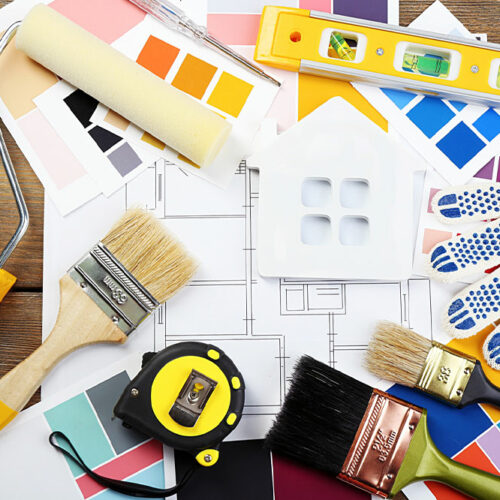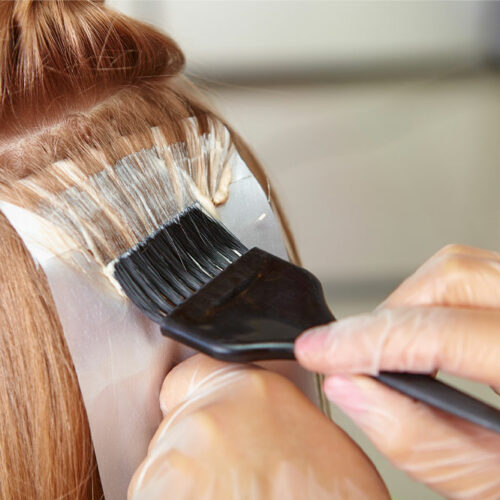8 unhealthy habits that may trigger heartburn

Have you ever experienced a burning sensation in your chest after devouring a savory meal? This uncomfortable and sometimes painful condition is known as heartburn and affects millions around the globe. Although occasional heartburn is normal and poses no serious threat, persistent heartburn may indicate underlying problems and must not be overlooked. Surprisingly, many instances of heartburn can be linked to unconscious daily habits that we engage in. Let’s know some of them. Overeating It’s no secret that portion sizes have significantly increased, and many of us have fallen prey to overeating. Eating large quantities of food puts extra pressure on the stomach, causing stomach acid to flow back into the esophagus and leading to heartburn. Opting for smaller, more frequent meals and practicing portion control can help minimize the risk of overeating-related heartburn. Eating spicy and acidic foods Spices add flavor and excitement to our meals but can also trigger heartburn in some individuals. Spicy and acidic foods like citrus fruits and tomatoes can irritate the esophagus and cause a familiar burning sensation. While it may be challenging to give up your favorite spicy dishes entirely, reducing the intake of these foods or finding milder alternatives can help manage heartburn symptoms.






